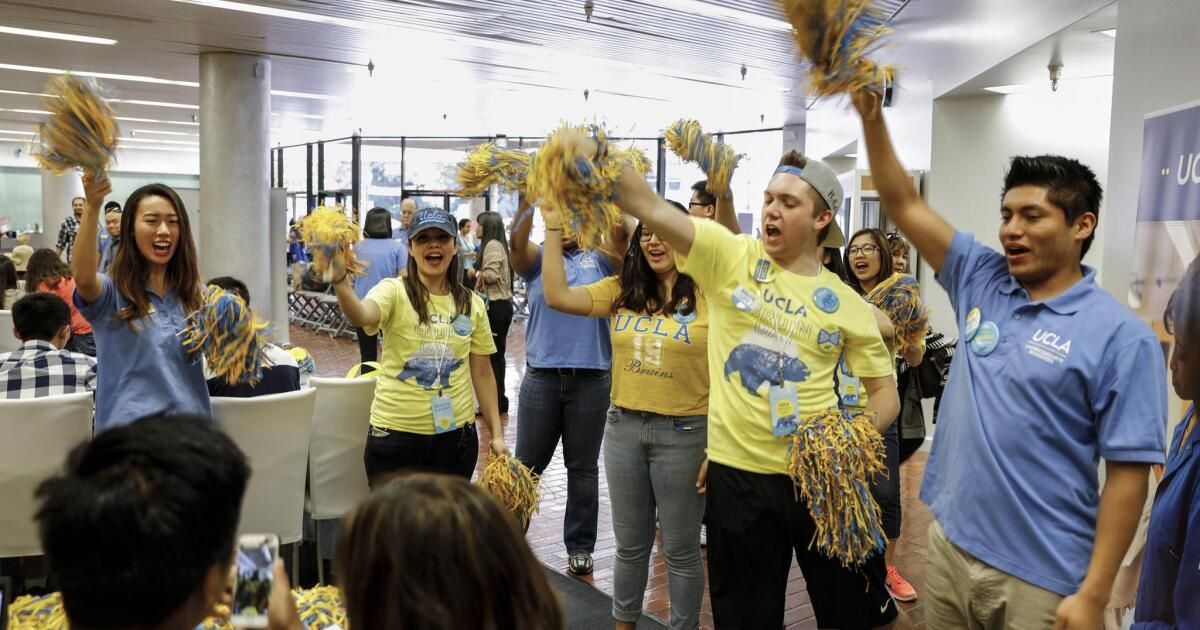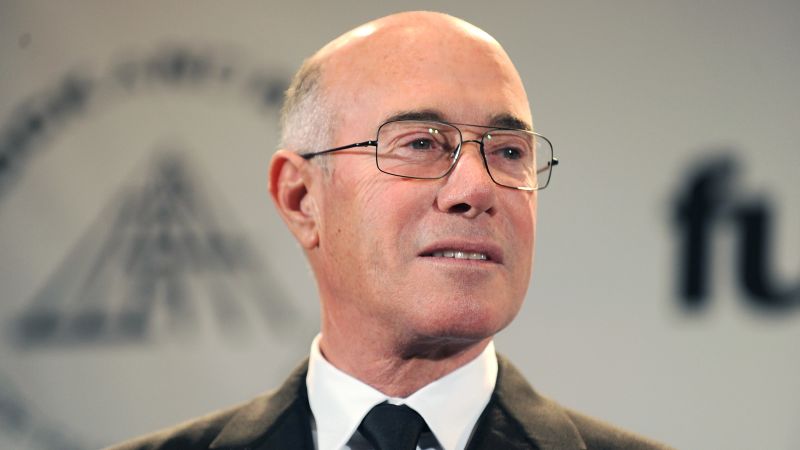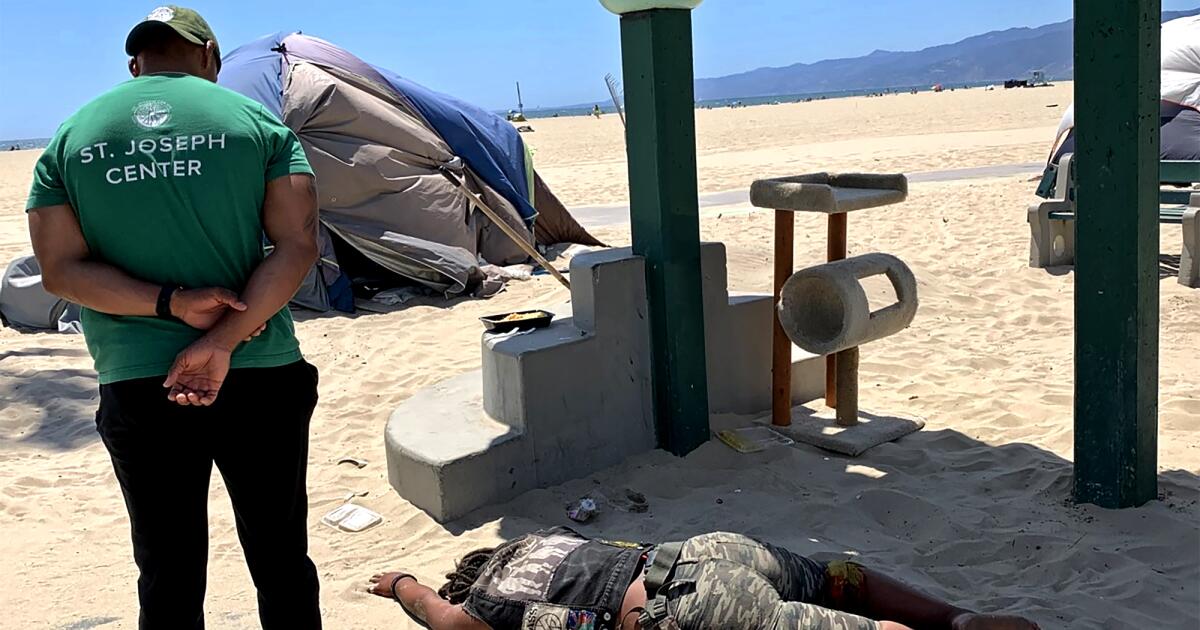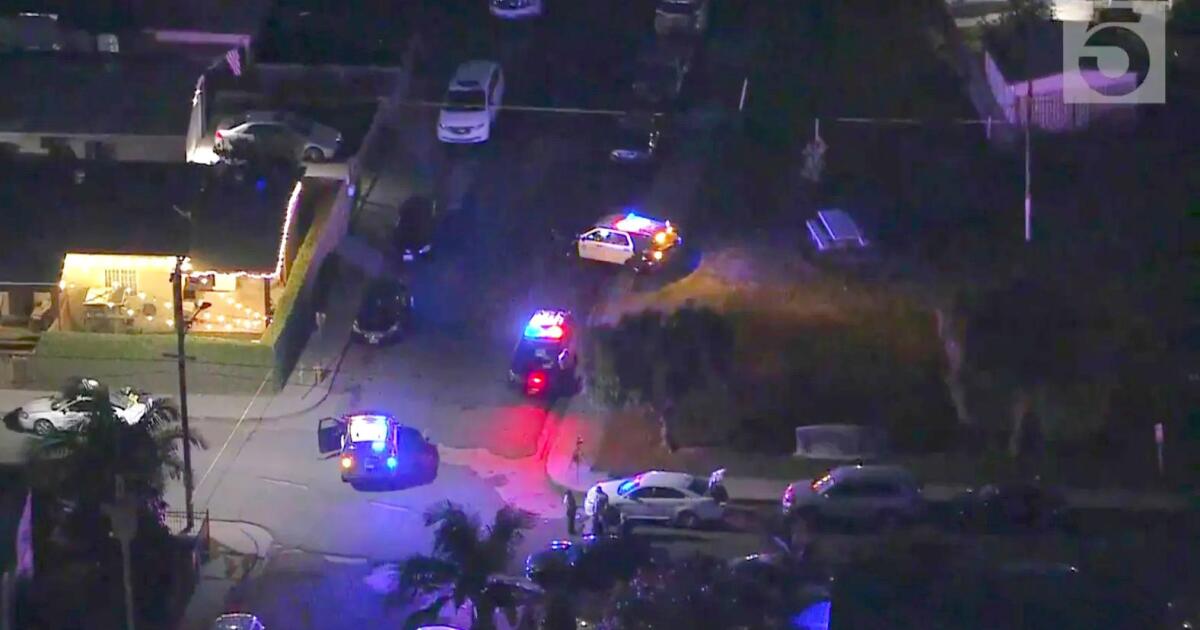The University of California and California State University announced Wednesday that they will extend the May 1 deadline for students to accept their admission offers for fall 2024, citing delays applicants are facing in completing a new aid form. federal finance.
The extension affects tens of thousands of California students who will be accepted to UC and CSU, largely starting in March. A May 15 deadline will apply for freshmen at all nine UC campuses; CSU's deadline is “no sooner” than May 15 for its 23 campuses.
A new version of the form, known as the Free Application for Federal Student Aid, or FAFSA, was introduced late last year with the promise that it would be easier to fill out and would increase the amount of financial aid available to many students. Colleges use the form to determine financial need and develop an offer of aid.
But significant delays in the federal government's release of the new form, along with numerous failures in its use, have created havoc for many high schools, which report a dramatic decline in the number of students who have so far successfully completed the form.
“It's a disaster,” said Lynda McGee, a counselor at Downtown Magnets High School, near the Los Angeles Civic Center. “The students who will be most affected are our low-income and first-generation students.”
At Downtown Magnets, which often earns honors from LAUSD for its high FAFSA completion rates, only a third of seniors had completed the form as of Jan. 26 compared to the number at that time last year, according to federal data.
Without college financial aid offers, which are typically sent with an acceptance letter, students and families cannot evaluate which campus is most affordable.
Superintendent of Los Angeles Unified Schools. Alberto Carvalho said delays and glitches in the process are especially detrimental to students in his system: About 80% of students qualify for free or reduced-price meals at school. Many students start out as English learners; many parents do not speak English or have limited education or both.
“We have such a disproportionate number of students who absolutely rely on this type of financial aid for college support,” Carvalho said. “This has really created a bottleneck and a significant reduction in the number of FAFSA filings, by up to 50%. And if very specific measures are not taken quickly, the problem may not necessarily be solved.”
He would like all universities to follow the example of those that have extended deadlines for students. An extension of one or two months may be necessary, he said.
“It is not only necessary, but morally required,” Carvalho added.
UC officials are committed to ensuring that all students, especially those from underserved communities, have sufficient time to receive and evaluate their financial aid packages. More than half of UC undergraduates pay no tuition and 70% qualify for grants or scholarships totaling an average of $18,000 per year, thanks to the state's Cal Grant and Middle Class Scholarship programs, along with aid university institutional.
UC has not yet sent out admission offers for fall 2024; Last year, the university's nine campuses admitted 88,285 first-year applicants from California and 41,400 students from other states and countries for fall 2023.
“As a public university, our mission is to keep a world-class education available to talented students from a wide range of backgrounds and lived experiences,” said Han Mi Yoon-Wu, associate vice chancellor of undergraduate admissions at the University Office of California. President, he said in a statement.
“By extending the decision period, our goal is to ensure that California students, particularly those low-income and first-generation, have the time and space to fully evaluate their options and ultimately unlock college opportunities that perhaps they would not have thought possible. “
In the case of UC Berkeley alone, the new deadline does not yet apply to international and out-of-state college freshmen, as that campus needs more time to evaluate the situation.
CSU officials encouraged students not to give up on the financial aid process. “Students who have not applied for financial aid are encouraged to do so, as more than 80% of CSU students receive some form of financial aid,” CSU said in a statement.
More than 60% of Cal State undergraduates have their tuition fully covered by non-loan aid.
But time matters. Students will be at a disadvantage in receiving aid if they do not file their FAFSA by April 2, the university system said.
Last week, the U.S. Department of Education announced that higher education institutions will not begin receiving financial aid information from FAFSA students until mid-March.
If the current FAFSA schedule changes, UC said it would reevaluate its plans, make any necessary changes based on the circumstances, and communicate the changes to prospective students and families.
The May 15 commitment deadline for freshmen will allow UC campuses to admit additional students quickly through the waitlist process if necessary and not prolong uncertainty for students on the waitlist. wait longer than necessary, UC said. Officials said students should have enough time to get housing and visit campuses.
“The University wants to assure students and their families that, despite any FAFSA application delays, we remain committed to helping them successfully navigate the financial aid process and access the state, federal, and university resources to which they are entitled. right,” Shawn Brick, UC executive director. financial support for students, he said in a statement.
In addition to general delays, students and counselors have reported complications with the new form, such as the inability of U.S. citizen students to file the FAFSA if their parents or guardians do not have a Social Security number.
On the form above, those without a Social Security number would fill in the space with zeros. The new form does not offer that option, McGee said.
U.S. Secretary of Education Miguel Cardona acknowledged the problems in a statement Monday, although he defended the form as “transformational.”
“We are determined to get this right,” he said in a statement. “We must do it and we will do it. Our hope is that these steps we are announcing today will go a long way toward helping colleges and universities get the most out of Better FAFSA.”
The Department committed to providing additional staff, funding, technology, and other resources to help schools and students complete the new FAFSA and help colleges prepare to process student aid applications.
Those efforts will focus on “lower-resourced schools that may have fewer administrative staff and may use older software systems,” the department said, including historically black colleges and universities and tribal colleges and universities.
Cardona also said he hopes to help colleges through $50 million recently allocated in federal funds for nonprofit groups that specialize in “financial aid services and support.”
Federal officials are also providing a status report to high schools and K-12 school districts. The department just released data by high school on students who submitted the FAFSA. There will be weekly updates to allow secondary schools to track progress and support students. And a new resource, StudentAid.gov/fafsatips, provides FAFSA applicants and taxpayers with tips to help them successfully complete and submit the form.
The department also encouraged colleges to give students and families “as much flexibility as possible and as much time as possible to review aid offers and make enrollment decisions.”












